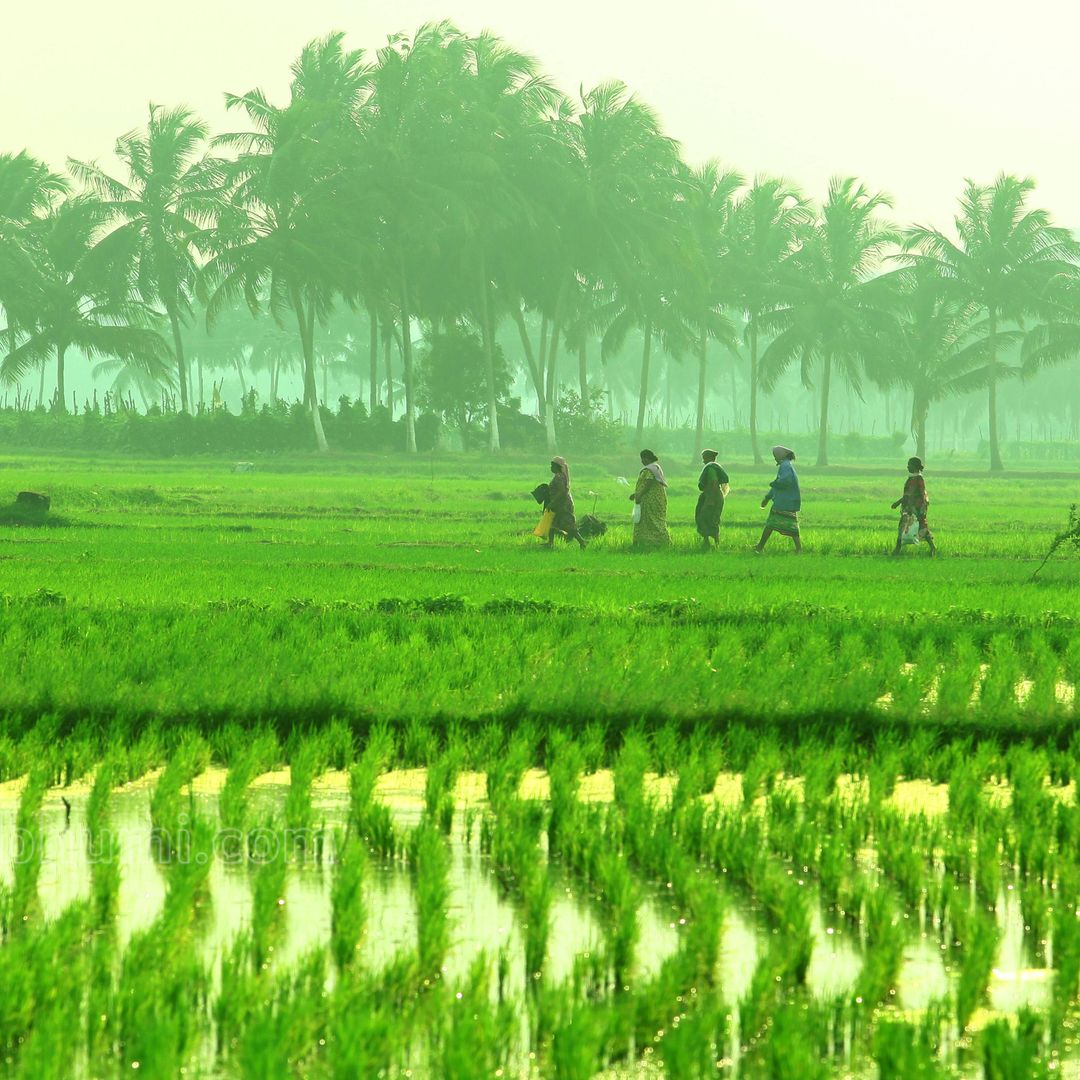Ayushman Bharat
Ayushman Bharat, a flagship scheme of Government of India, was launched as recommended by the National Health Policy 2017, to achieve the vision of Universal Health Coverage (UHC). This initiative has been designed to meet Sustainable Development Goals (SDGs) and its underlining commitment, which is to “leave no one behind.” Ayushman Bharat is an attempt to move from sectoral and segmented approach of health service delivery to a comprehensive need-based health care service. This scheme aims to undertake path breaking interventions to holistically address the healthcare system (covering prevention, promotion and ambulatory care) at the primary, secondary and tertiary level. Ayushman Bharat adopts a continuum of care approach, comprising of two inter-related components, which are –
👉🏻Health and Wellness Centres (HWCs)
👉🏻Pradhan Mantri Jan Arogya Yojana (PM-JAY)
Benefits for PM-JAY
👉🏻Pre-hospitalization
👉🏻Medicine and medical consumables
👉🏻Non-intensive and intensive care services
👉🏻Accommodation benefits
👉🏻Food services
👉🏻Complications arising during treatment
👉🏻Post-hospitalization follow-up care up to 15 days
👉🏻Medical examination, treatment and consultation
👉🏻PM-JAY provides cashless access to health care services for the beneficiary at the point of service, that is, the hospital.
👉🏻It covers up to 3 days of pre-hospitalization and 15 days post-hospitalization expenses such as diagnostics and medicines.
👉🏻All pre–existing conditions are covered from day one.
👉🏻There is no restriction on the family size, age or gender
👉🏻This scheme is specially designed for people below the poverty line who do have access to internet or online health plans
👉🏻Under the government backed scheme, a considerate number of health and wellness centres will be established asper the Socio-Economic Caste Census data
What is Covered under Ayushman Bharat Yojana Scheme?
PMJAY covers the following expenses during the treatment:
👉🏻Ayushman Bharat Yojana Scheme provides coverage for medical examination, treatment and consultation fee
👉🏻Pre-hospitalization expenses are covered under Ayushman Bharat Yojana policy
👉🏻Post-hospitalization expenses are covered for 15 days
👉🏻The policy also covers the cost of medicine and medical consumables
👉🏻Hospital accommodation charges are also covered
👉🏻Non-intensive and ICU services
👉🏻The expenses incurred on the Diagnostic procedures are also covered
👉🏻Medical implantation services are covered where required
👉🏻Expenses incurred on complications arising during the medical treatment
👉🏻Food services
History
In 2017 an Indian version of the Global Burden of Disease Study reported major diseases and risk factors from 1990 to 2016 for every state in India.[5] This study brought a lot of interest in government health policy because it identified major health challenges which the government could address.[6] A large percentage of the population is left underserved by the Indian health system, which relies on out-of-pocket payments from patients to fund care.[7] These payments hinder a lot of patients from being able to receive healthcare services. In 2018 the Indian government described that every year, more than six crores Indians were pushed into poverty because of out of pocket medical expenses.[8] Despite various available regional and national programs for healthcare in India, there was much more to be done. The Indian government first announced the Ayushman Bharat Yojana as a universal health care plan in February 2018 in the 2018 Union budget of India.[citation needed] The Union Council of Ministers approved it in March. In his 2018 Independence Day speech Prime Minister Narendra Modi announced that India would have a major national health program later that year on 25 September, also commemorating the birthday of Pandit Deendayal Upadhyaya
List of Critical Diseases covered under PM Jan Arogya Yojana (PMJAY)
PMJAY offers nearly 1,350 medical packages at any of the private network hospitals and all the public hospitals. Below are some of the critical illnesses that Ayushman Yojna covers:
👉🏻Carotid angioplasty with stent
👉🏻Prostate cancer
👉🏻Coronary artery bypass grafting
👉🏻Skull base surgery
👉🏻Pulmonary valve surgery
👉🏻Double valve replacement surgery
👉🏻Anterior spine fixation
👉🏻Tissue expander for disfigurement following burns
Features of PM-JAY
include the following—
providing health coverage for 10 crores households or 50 crores Indians; providing a cover of ₹5 lakh (equivalent to ₹5.6 lakh or US$7,000 in 2023) per family per year for medical treatment in empaneled hospitals, both public and private; offering cashless payment and paperless recordkeeping through the hospital or doctor’s office; using criteria from the Socio Economic and Caste Census 2011 to determine eligibility for benefits; no restriction on family size, age or gender; all previous medical conditions are covered under the scheme; it covers 3 days of pre-hospitalisation and 15 days of post-hospitalisation, including diagnostic care and expenses on medicines; the scheme is portable and a beneficiary can avail medical treatment at any PM-JAY empanelled hospital outside their state and anywhere in the country; providing access to free COVID-19 testing. In India, rather than focusing on strengthening essential primary, secondary, and tertiary healthcare in the public system, a shift toward an insurance-based system has been promoted. Chronic underfunding of India’s public health sector compared to private sector, and the liberalization of the market for private health insurance by the Indian government in the late 1990s resulted in increased health disparities, as private health insurance is only affordable for higher class, richer communities. In the mid 2000s, government-funded health insurance emerged as a new type of healthcare financing, helping individuals prevent catastrophic out-of-pocket health expenditures. Through this model, the state would pay premiums to private insurers that would allow eligible individuals to receive free treatment at any public or private institution that has joined the PMJAY scheme. The Indian government recognized that individual out-of-pocket expenditures were pushing people into poverty and treatment in government hospitals could not protect people against catastrophic health expenditures. The alternative of government-funded health insurance allows poorer individuals to still be able to access private health care without the extra expenses.





